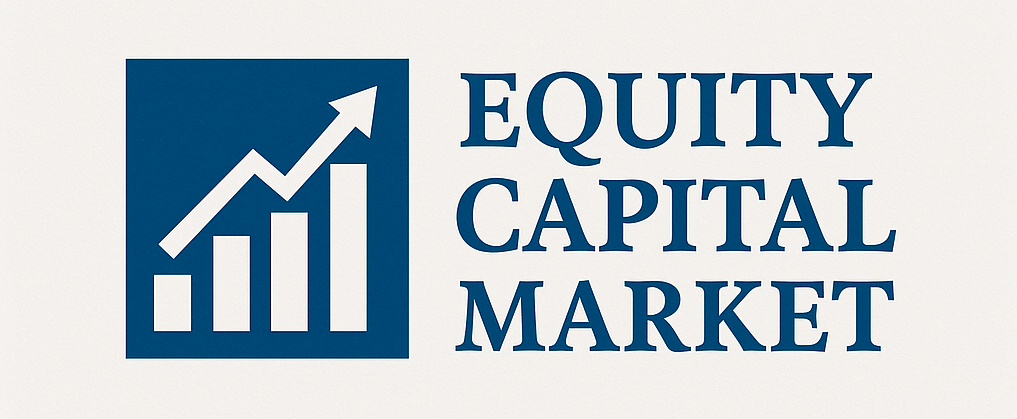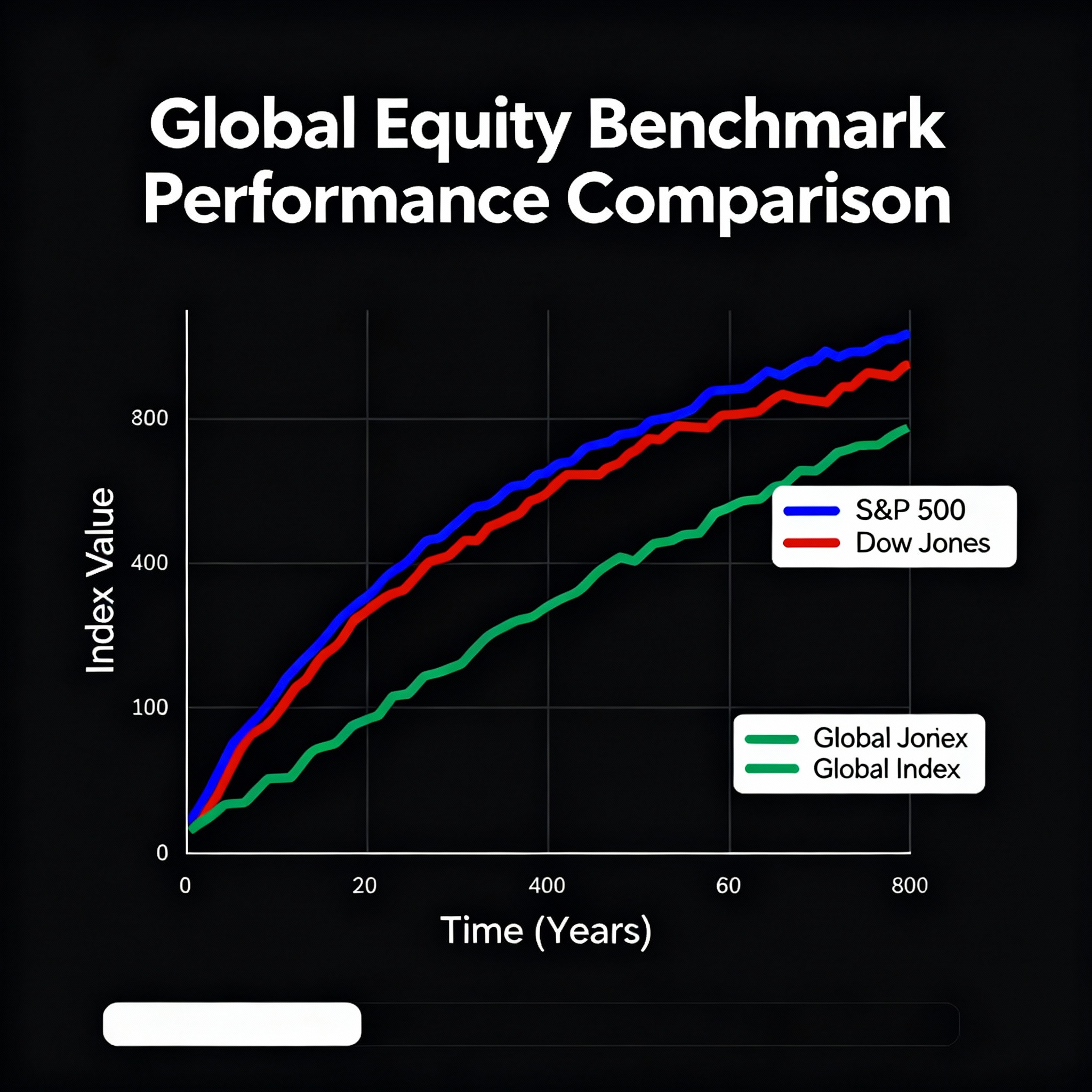Understanding Financial Uncertainty and the Fear Gauge
Market volatility—the rapid, sometimes violent price swings in stocks, bonds, and other assets—represents one of financial markets’ most defining characteristics and greatest sources of investor anxiety. When volatility surges, headlines scream about market chaos, portfolios fluctuate wildly, and the famous VIX index (often called the “fear gauge”) spikes dramatically. But what exactly drives these turbulent periods? How do investors measure and understand volatility? And why do certain economic shocks trigger massive price swings while others barely register? Understanding market volatility is essential for navigating financial markets successfully, whether you’re a professional trader managing risk, an institutional investor building resilient portfolios, or an individual investor trying to avoid panic-driven decisions during market turbulence.
What Is Market Volatility?
Market volatility refers to the frequency and magnitude of price movements in financial assets. Technically, it measures the standard deviation of returns over a specific period, capturing how much an asset’s price fluctuates around its average. High volatility means prices swing wildly—large gains and losses occur frequently—while low volatility indicates relatively stable, predictable price behavior.
Volatility manifests in two key forms: historical volatility (measured by analyzing past price movements) and implied volatility (derived from options prices, reflecting market expectations of future price swings). While investors often treat volatility as synonymous with risk, it actually represents uncertainty—volatility creates both upside opportunities and downside dangers.
The VIX Index: Wall Street’s Fear Gauge
The CBOE Volatility Index (VIX) has become the preeminent measure of market fear and uncertainty. Often called the “fear gauge” or “fear index,” the VIX tracks the implied volatility of S&P 500 index options over the next 30 days. When investors expect significant market turbulence ahead, they bid up option prices to protect their portfolios, causing VIX to spike. Conversely, when markets appear calm, VIX declines to lower levels.
The VIX operates on a scale typically ranging from 10 to 80, with different levels signaling distinct market conditions:
VIX Below 15: Low volatility, complacent markets, investor confidence high—often preceding sudden volatility spikes.
VIX 15-25: Moderate volatility, normal market functioning, typical daily price swings.
VIX 25-35: Elevated volatility, increasing uncertainty, heightened investor anxiety.
VIX Above 35: Extreme volatility, market panic, crisis conditions—often during financial shocks.
During the March 2020 COVID-19 panic, VIX exploded to an unprecedented 82.69, reflecting extraordinary market fear as investors confronted a completely novel global crisis with unknown economic impacts.
Economic Shocks That Trigger Volatility
Market volatility doesn’t emerge randomly—specific economic shocks and uncertainty catalysts drive dramatic price swings. Understanding these triggers helps investors anticipate and navigate volatile periods more effectively.
Macroeconomic Surprises: Unexpected inflation data, employment reports, or GDP figures that deviate significantly from consensus expectations can trigger violent market reactions as investors rapidly reassess economic conditions and Fed policy expectations.
Central Bank Policy Shifts: Federal Reserve interest rate decisions, quantitative easing programs, or hawkish/dovish policy guidance create volatility by altering the fundamental pricing environment for all assets. The 2022 inflation surge and subsequent Fed tightening campaign triggered sustained market volatility.
Geopolitical Crises: Wars, trade disputes, political instability, and international conflicts inject uncertainty into markets. Russia’s invasion of Ukraine in 2022 sparked energy price shocks and heightened volatility across global markets.
Financial System Stress: Banking crises, credit crunches, and liquidity shocks—like the 2008 financial crisis or March 2023 regional bank failures—create extreme volatility as investors fear systemic risks.
Pandemic and Health Crises: COVID-19 demonstrated how public health emergencies can trigger unprecedented market volatility by creating economic uncertainty, disrupting supply chains, and forcing shutdowns.
Measuring and Understanding Volatility
Investors and analysts employ several mathematical approaches to quantify volatility and assess market risk.
Historical Volatility (Standard Deviation):
σ = √[Σ(Ri – R̄)² / (n-1)]
Where σ represents standard deviation, Ri is each period’s return, R̄ is the average return, and n is the number of periods. This measures how much returns deviate from their average, capturing realized price volatility.
Implied Volatility: Derived from options pricing models (particularly Black-Scholes), implied volatility represents the market’s expectation of future volatility. The VIX is the most prominent example, calculated from S&P 500 index option prices.
Beta Coefficient:
β = Cov(Rs, Rm) / Var(Rm)
Beta measures an individual stock’s volatility relative to the broader market. A beta of 1.5 means the stock typically moves 50% more than the market—higher beta stocks exhibit greater price swings during volatile periods.
Average True Range (ATR): Used in technical analysis, ATR measures average price range over a specific period, helping traders gauge typical daily volatility and set appropriate stop-loss levels.
Real-World Volatility Events
COVID-19 Market Crash (February-March 2020): The pandemic triggered one of history’s fastest market crashes. The S&P 500 plunged 34% in just 23 trading days—the quickest bear market on record. VIX spiked from 14 to 82.69 as unprecedented uncertainty about economic impacts, lockdowns, and death tolls gripped markets. Daily price swings of 5-10% became routine, with the S&P 500 experiencing several days of moves exceeding 9%. The Federal Reserve’s massive intervention—slashing rates to zero and implementing unlimited QE—eventually stabilized markets, demonstrating how policy responses can dampen volatility.
2008 Financial Crisis: The collapse of Lehman Brothers and subsequent credit freeze triggered extreme volatility. VIX hit 80.86 in November 2008 as fear of systemic financial collapse peaked. Major indices experienced daily swings of 8-10%, with the Dow Jones posting multiple 700+ point moves. Financial sector stocks saw particularly violent volatility—Citigroup fell from $50 to under $1 in just over a year.
Tech Stock Volatility (2022): Rising interest rates and inflation concerns created sustained volatility in growth stocks. The Nasdaq fell 33% from peak to trough, with high-growth tech stocks experiencing particularly violent swings. Stocks like Meta, Netflix, and Tesla saw individual daily moves of 10-20%, demonstrating how sector-specific shocks can create concentrated volatility.
Flash Crashes: The May 2010 Flash Crash saw the Dow plunge 1,000 points in minutes before recovering, highlighting how algorithmic trading and market structure can amplify volatility during stress events.
Key Insights: Managing Volatility
Volatility ≠ Risk (Always): While volatility represents uncertainty, it creates both opportunities and dangers. Volatility means assets can move sharply in BOTH directions—skilled traders can profit from volatility through strategies like options, while long-term investors can use volatile periods to accumulate quality assets at discounted prices.
Mean Reversion Tendency: Volatility tends to revert to long-term averages. Extreme volatility spikes (VIX > 40) historically subside over time as uncertainty resolves and markets stabilize. However, timing this mean reversion remains challenging.
Volatility Clustering: High volatility periods tend to persist—volatile days follow volatile days. This clustering effect means once volatility emerges, markets often remain choppy for extended periods before calm returns.
Glossary
Market Volatility: The frequency and magnitude of price movements in financial assets, measured statistically as the standard deviation of returns. Higher volatility means greater price uncertainty and larger potential swings.
VIX (Volatility Index): The CBOE Volatility Index, commonly called the “fear gauge,” which measures implied volatility of S&P 500 options over the next 30 days. Higher VIX readings indicate greater expected market turbulence.
Price Swing: A significant price movement in either direction over a short time period. Large price swings characterize volatile markets and create both opportunities and risks for investors.
Economic Shock: An unexpected economic event that creates uncertainty and disrupts normal market functioning—examples include pandemic outbreaks, financial crises, central bank policy surprises, or geopolitical conflicts.
Implied Volatility: Market expectations of future volatility derived from options prices. Unlike historical volatility (which measures past price movements), implied volatility represents forward-looking uncertainty priced into derivatives markets.

